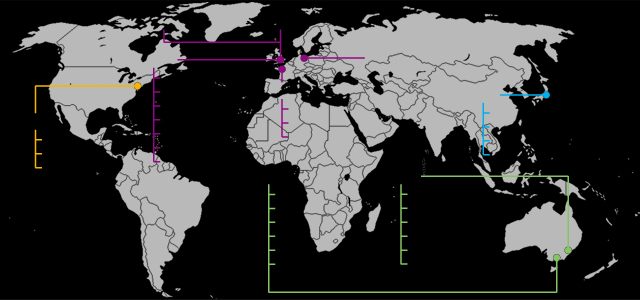
<Introduction>
The 1980's bubble boom saw a rise in foreign labour in Japan. Changes to
immigration rules in 1990 guaranteed foreign-born Japanese to work freely in
domestic companies. They aggressively came to do mainly manufacturing
work, that was generally avoided by Japanese. Moreover the declining birth
rate also accelerated the need for immigrants to supply labour. My university
is located in an area where there are many such factories. As as the number
of foreign workers who I have seen in the area has increased, I have gradually
become more interested in their life, and the effects to the town from an
architectural viewpoint. In 2003 I started domestic research. In the areas
where there are less registered foreigners, such as in my neighborhood, there
is often not enough consumer demand to justify building shops there. In many
cases, this has left mobile shops on carrier trucks as the only option for them
to sell their country's products. Ethnic streets in Japan are still a domestic
tourist attraction, which is not for residential. Throughout the research
project, I have investigated many ethnic streets in countries where there has
been an influx of immigrants.